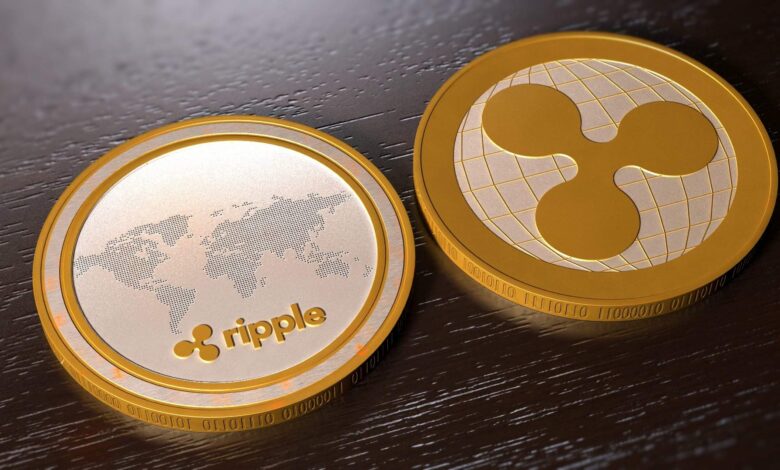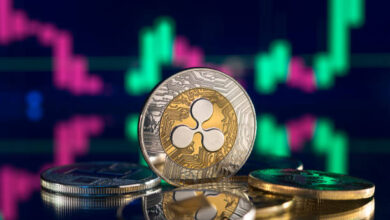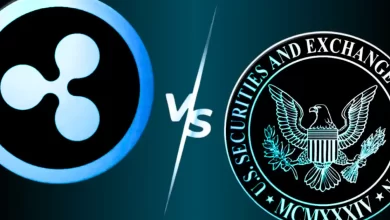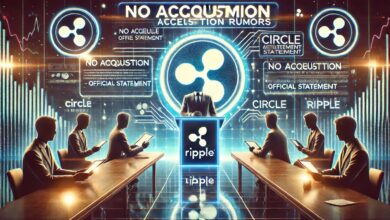Here’s Why Ripple Is Not Using XRP For New Product: Dev Explains

Last week, Ripple launched a new product, Liquidity Hub, causing a huge discussion in the XRP community. The outcry centers around the fact that Liquidity Hub does not support the XRP token.
As a result, speculations have surfaced that the company might ditch and neglect the XRP token. However, a Ripple developer responsible for the XRP-based payment solution On-Demand Liquidity (ODL) has today provided some more clarity as to why XRP is not being used. In addition, Chief Technology Officer (CTO) David Schwartz has also spoken out.
Why Isn’t Ripple Using XRP In Its New Product?
In a blog post on Friday, the fintech company announced that Liquidity Hub is now officially open for business. The company had already launched a successful pilot last year to provide businesses with a simple, seamless way to manage their crypto liquidity needs.
As the post goes on to say, the new product was designed to give enterprise customers “a competitive advantage in a multi-asset future.” This made it all the more confusing for the XRP community that XRP is not part of the product.
Crypto Eri, one of the most well-known XRP influencers on Twitter (@sentosumosaba) raised various questions as to why this decision was made. She wrote:
1. Did Ripple pull a Coinbase on XRP community?
2. How come ODL is OK, but not LH?
3. XRP is more liquid than ETC, BCH & *we NEVER saw clarity* for those two mentioned.
4. Why didn’t Ripple Marketing explain better?
5. If 90% of Ripple Biz is OUTSIDE the US, then why did XRP get eliminated?
6. If it takes 3-5 more years of courts, does XRP have to sit on the sidelines the entire time?
7. Was this Ripple strategy to help fight the court in the future?
CTO David Schwartz admitted in response to a question that the blockchain company generates most of its revenue from the sale of its XRP holdings.
…
9. If you define “sell” broadly, then yes, “selling” XRP does account for most of Ripple’s revenue. But realistically, our choices come down to selling XRP or holding XRP and most people think we hold too much.
…— David “JoelKatz” Schwartz (@JoelKatz) April 13, 2023
He said, “There is nothing else Ripple can realistically do with its XRP and the general consensus is that it would be better if Ripple held less XRP.”
That makes the decision to not include XRP in the new product all the more odd. However, Neil Hartner, a senior software engineer at Ripple who works on cross-border ODL payments, provided at least a partial answer.
Via Twitter, Hartner wrote in response to Crypto Eri’s question 2 about why XRP is okay with ODL but not with Liquidity Hub that there is a significant difference in the concept of the two products:
Regarding number 2, licensing requirements are different between Liquidity Hub [LH] and ODL. With ODL, payment is settled between sender and receiver and Ripple is not a counterparty. With LH, Ripple is in the middle. Compare the 2 diagrams and note the absence of Ripple in the 1sr.

When asked if the company charges a fee on the Liquidity Hub transaction, and if so, how much, Hartner clarified that he is not working on Liquidity Hub. “I don’t know. I’m not involved with LH and the public material doesn’t specifically call out how fees work.
Nevertheless, the question remains if Ripple made the decision merely because of the open legal dispute with the US Securities and Exchange Commission (SEC). If so, XRP could very likely be added to the new product after a victory in court. However, as Crypto Eri writes, this could take several years in the worst case scenario if the case goes all the way to the Supreme Court.
At press time, the XRP price stood at $0.5130, still consolidating while making higher lows on the 4-hour time frame.

Featured image from CNBC, chart from TradingView.com





